Meeting and Appointment


Scheduling a meeting or an appointment is one of the most common forms of business communication. One may need to do so for various reasons, such as scheduling an interview, following up on a business lead, or discussing a project with a prospect. The ability to schedule meetings accurately, clearly and professionally is an important communication skill, yet not many people pay very much notice about it.
Meetings are typically scheduled in two ways: (i) by a phone call; or (ii) in writing, most commonly by e-mail or instant messaging. There are various advantages of scheduling and confirming a business meeting or appointment in writing:
The agenda should be set out in the subject line in a clear and concise manner. Include the purpose of the "meeting" or "schedules" to attract the attention of the recipient. Try to include something in the message that will convince the recipient to open it (like the name of the project), in particular, if the recipient does not know you and might consider it to be junk mail.
If you are familiar with the person you can call him/her on a first name basis – e.g. “Dear John”. In formal business correspondence, you should use the title plus the last name – e.g. “Dear Mrs Smith”. If you don’t know the name of the person, generally use “Dear Sir / Madam”. You can also address it to more than one person, or the whole department, for example, “To Members of the Compliance Department”.
If you are arranging the meeting for someone or do not know the person well, you might want to introduce yourself. For example, if you are the personal assistant of your boss and would like to arrange a meeting with Mr So-and-So, say so. As there are too many spam messages these days, you should include relevant details so that the recipient can be confident that the email is authentic.
If you are not familiar with the recipient, you may want to build some rapport first instead of going straight to the request for a meeting. You can ask how they are doing, make a personal comment where you last met or mention a common topic/friend. This rapport breaks the deadlock, makes the conversation more humane, and lets you win their attention for a few seconds.
Explain to your recipients the purpose of the meeting to help them understand its importance and make time for the meeting. Knowing exactly why you are having a meeting will also help the recipients to prepare for the meeting accordingly.
If possible, it is always good etiquette to offer your recipients a choice of date, time and venue. However, instead of giving them free rein, suggest 2 to 3 alternatives. It will also induce them to accept the meeting having to pick a time and venue as opposed to deciding whether to join the meeting or not.
Ask your email recipients to let you know if they can attend the meeting. This will help you book and set up the meeting venue. As well as ordering any food and refreshments needed. It would be helpful if you could include a calendar link in your invite to enable the recipient to accept with just one click.
Your message should be clear and concise. It should be no more than three to four paragraphs and end it by focusing on the goal of accepting the appointment. This will ensure that your recipients are ready to take action without you wasting their attention.
Not the right document?
Don’t worry, we have thousands of documents for you to choose from:

10 Jun 2022
6 min read

2 Jun 2022
6 min read

27 May 2022
6 min read

20 May 2022
6 min read

9 May 2022
6 min read

3 May 2022
3 min read

25 Apr 2022
5 min read

31 Mar 2022
1 min read

29 Mar 2022
1 min read
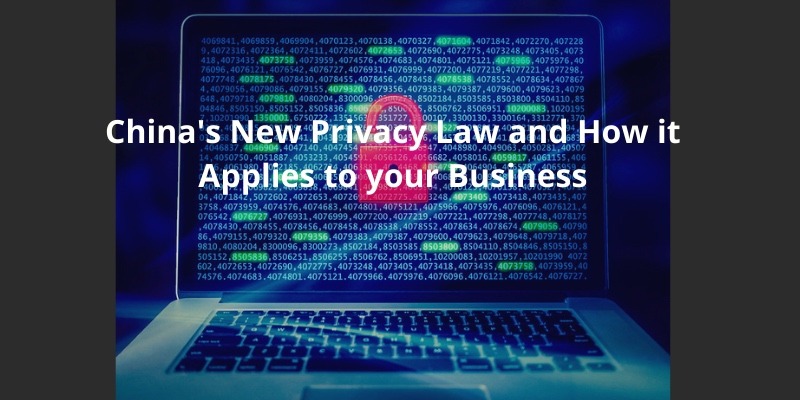
20 Mar 2022
6 min read

12 Mar 2022
5 min read

21 Feb 2022
5 min read

31 Jan 2022
5 min read

13 Jan 2022
4 min read

3 Jan 2022
5 min read

7 Dec 2021
11 min read
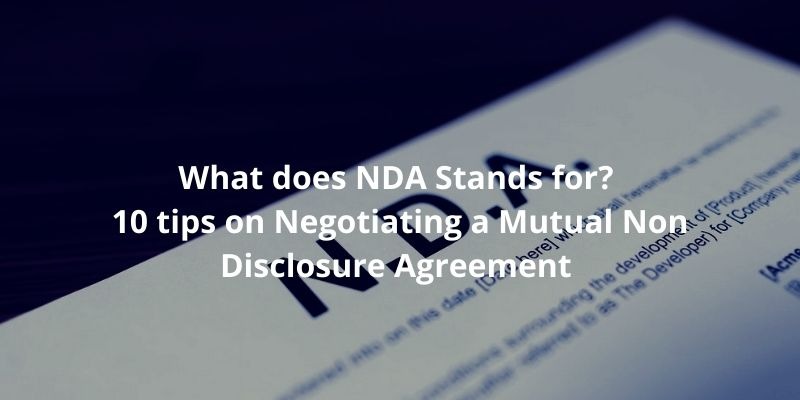
14 Nov 2021
6 min read

1 Nov 2021
9 min read

21 Oct 2021
1 min read

17 Oct 2021
7 min read
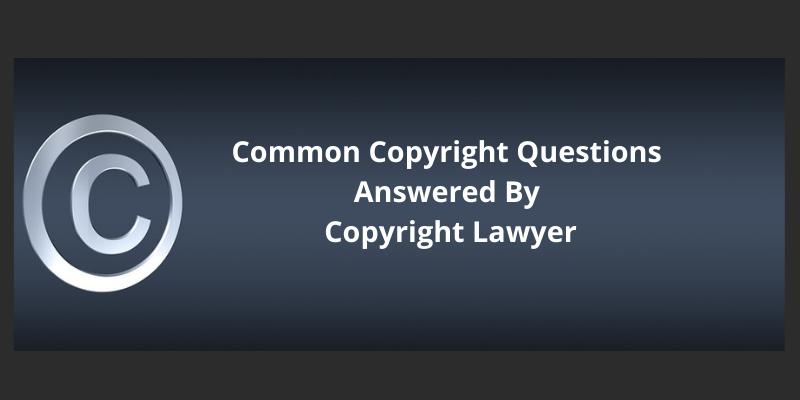
7 Oct 2021
12 min read

16 Sep 2021
4 min read

14 Sep 2021
5 min read

10 Sep 2021
3 min read

31 Aug 2021
4 min read

23 Aug 2021
3 min read
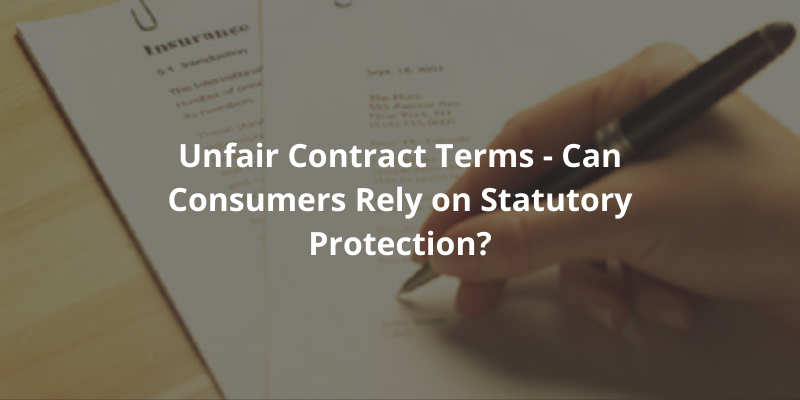
16 Aug 2021
5 min read

30 Jul 2021
6 min read

23 Jul 2021
7 min read

13 Jul 2021
5 min read

2 Jul 2021
5 min read

24 Jun 2021
5 min read

15 Jun 2021
4 min read

4 Jun 2021
6 min read

28 May 2021
5 min read

21 May 2021
5 min read

14 May 2021
5 min read

7 May 2021
5 min read

30 Apr 2021
5 min read

23 Apr 2021
5 min read

16 Apr 2021
5 min read

9 Apr 2021
5 min read

1 Apr 2021
5 min read

26 Mar 2021
4 min read

19 Mar 2021
5 min read

12 Mar 2021
5 min read

5 Mar 2021
6 min read

26 Feb 2021
5 min read

19 Feb 2021
6 min read

11 Feb 2021
5 min read

29 Jan 2021
6 min read
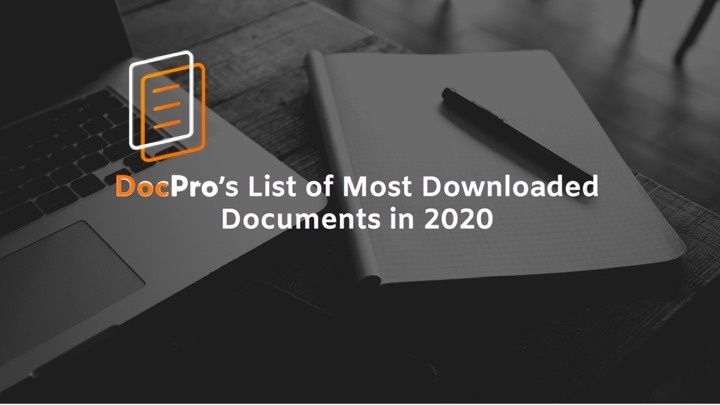
29 Jan 2021
3 min read

22 Jan 2021
6 min read

15 Jan 2021
6 min read

8 Jan 2021
6 min read

31 Dec 2020
6 min read

24 Dec 2020
0 min read

24 Dec 2020
7 min read

18 Dec 2020
6 min read

11 Dec 2020
6 min read

4 Dec 2020
6 min read

27 Nov 2020
6 min read

27 Nov 2020
7 min read

22 Nov 2020
7 min read
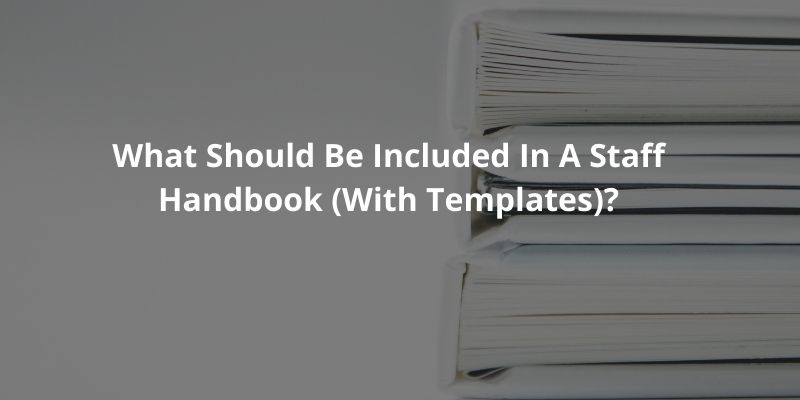
13 Nov 2020
8 min read
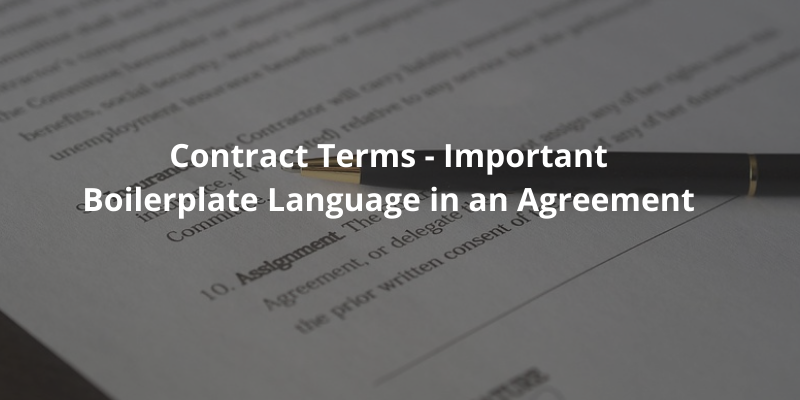
12 Nov 2020
8 min read
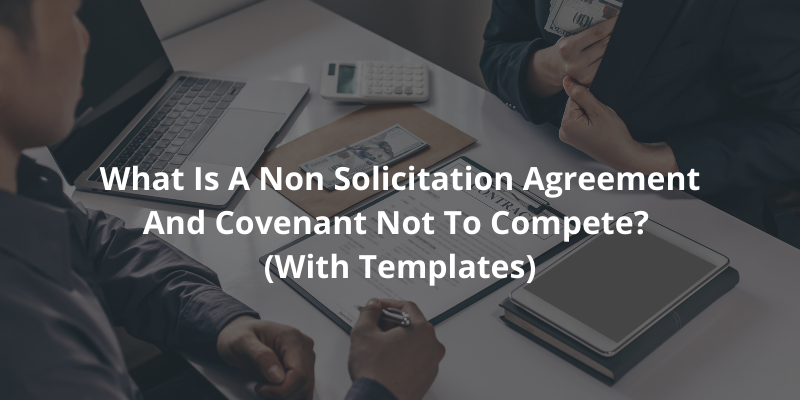
7 Nov 2020
8 min read

5 Nov 2020
6 min read
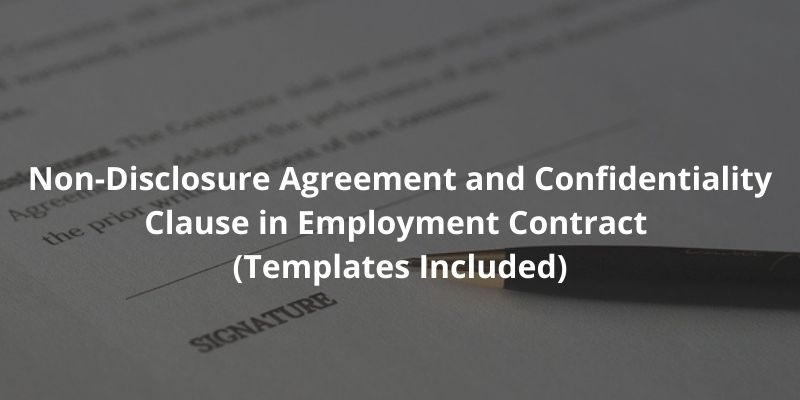
30 Oct 2020
7 min read
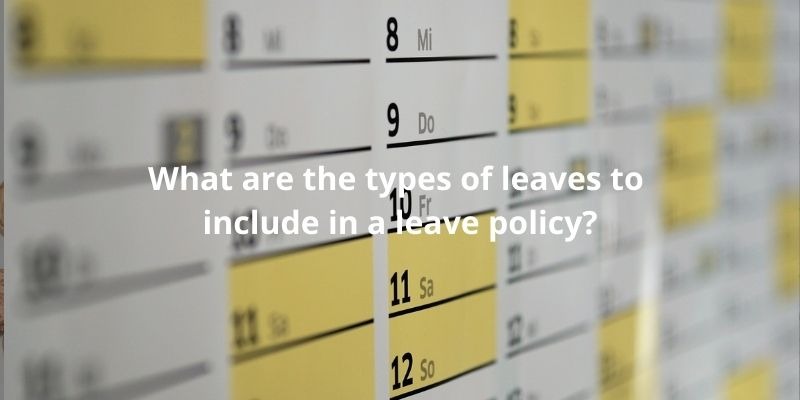
29 Oct 2020
8 min read

23 Oct 2020
7 min read

19 Oct 2020
8 min read
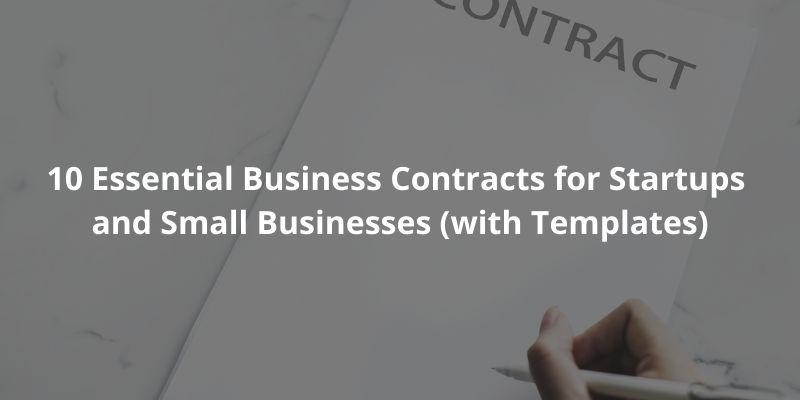
16 Oct 2020
10 min read

7 Oct 2020
9 min read
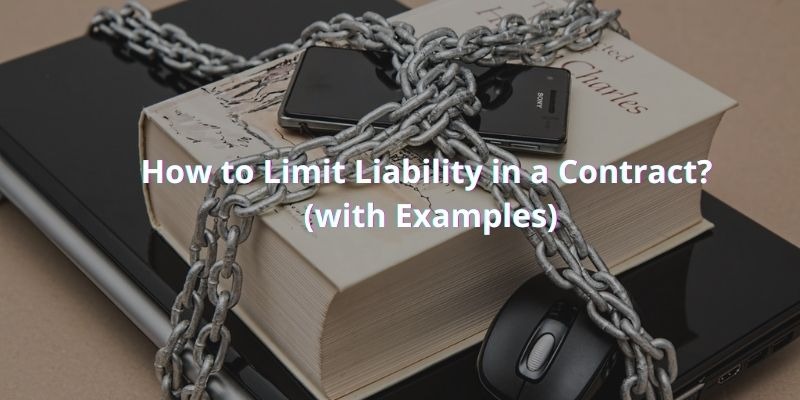
28 Sep 2020
8 min read

18 Sep 2020
7 min read
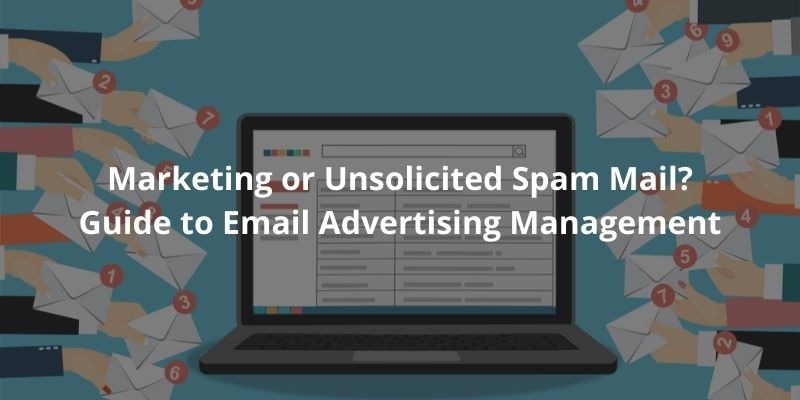
9 Sep 2020
7 min read

3 Sep 2020
7 min read

27 Aug 2020
8 min read

27 Aug 2020
9 min read

19 Aug 2020
8 min read

17 Aug 2020
8 min read

11 Aug 2020
8 min read

11 Aug 2020
8 min read

10 Aug 2020
11 min read

10 Aug 2020
9 min read

7 Aug 2020
9 min read

4 Aug 2020
9 min read

3 Aug 2020
10 min read

23 Jul 2020
8 min read

23 Jul 2020
8 min read

12 Jul 2020
8 min read

5 Jul 2020
7 min read

25 Jun 2020
7 min read

12 Jun 2020
9 min read

11 Jun 2020
9 min read

9 Jun 2020
9 min read

8 Jun 2020
8 min read

4 Jun 2020
5 min read

4 Jun 2020
8 min read

2 Jun 2020
10 min read

28 May 2020
13 min read

25 May 2020
8 min read

1 May 2020
10 min read

1 Apr 2020
6 min read

1 Mar 2020
11 min read

1 Feb 2020
11 min read

8 Jan 2020
9 min read

1 Jan 2020
1 min read

10 Dec 2019
7 min read

26 Nov 2019
8 min read

5 Nov 2019
5 min read

24 Oct 2019
3 min read

1 Oct 2019
1 min read

1 Oct 2019
1 min read





